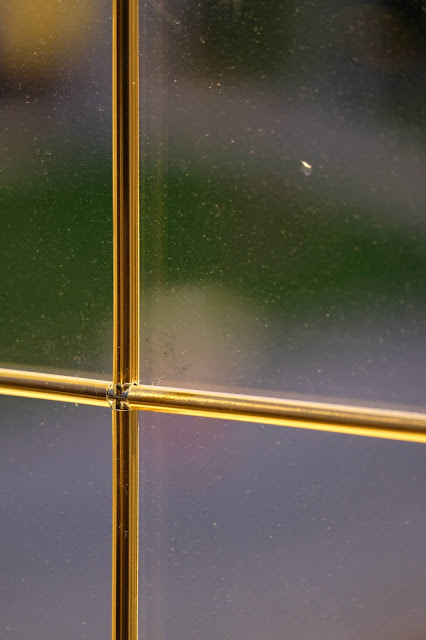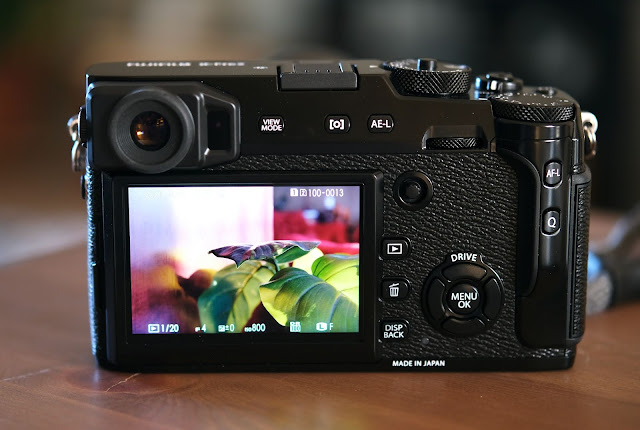With the redevelopment of the future ex-Olympus, renamed OM Digital Solutions, many are expecting and hoping a new version of the excellent but past Olympus Pen-F digital camera model. It is impossible to forecast anything solid about this potential new photo device but, if it is the case, we can only presume that continuity will prevail into the design and the operation of it.
Today you can still buy a brand-new Pen-F from the existing stock of the major photo resellers or pick a used one in good shape and at an acceptable selling price. If you are looking for a rangefinder style camera, it may be one of the two more sensitive choice, the other would be the excellent Panasonic Lumix GX-9.
If you go ahead with the Olympus Pen-F, you should not be wrong since that model is now a mature product that offers a solid Micro Four Third 20MP sensor performance equivalent at the one seen on the Pro Olympus OM-D E-M1 Mark II. Although all Olympus MFT models have the versatility to transform them into a monochrome (Black & White) camera, the Pen-F add a higher versatility to get there with a specific dedicated dial and offers an easier interface for the setting of the B&W color filter different bias (like during the analog era).
Digital mirrorless cameras with electronic viewfinder (EVF) are a blessing for monochrome photographers because of the modern possibility to confirm instantly and directly the black and white rendering through the viewfinder or on the rear viewing screen. I cannot emphasize more how it is possible to reinvent the past seduction to produce monochrome pictures and the Olympus Pen-F is a perfect tool to do so.
A unconscient direct relationship exist between the monochrome passion and some iconic Leica camera models which are, in a way, a strong recall of the past glory of the film-analog era (and may of the Kodak Tri-X 400 ASA film if not of the Ilford HP 5 equivalent). Many design features on the Olympus Pen-F camera body are, in fact, homages to that time period and manufacturer. On/Off switch that imitate the old film rewinding button-lever, front creative (image) mode setting dial that replicate the old slow shutter speed dial of the Leica F and G series, screw-in hole for the mythic shutter release cable accessory, just to mention few of them.
At the time of the introduction release of the Olympus Pen-F in 2016, this new rangefinder style camera model was the first one of the digital Pen series that fully integrate the electronic viewfinder into its camera body especially compare to numerous Panasonic Lumix models such as the GX 7, GX 85, GX 8 or the GM 5. And it appears with the passing time that will be the only one of such! Some controversies have occurred regarding the handling of the Pen-F despite its obvious search to replicate the ancient rangefinder design. Some had given initial bad reviews to later correct them to more sensitive and realistic appreciation of the Pen-F abilities. That phenomena demonstrate that the Olympus Pen-F needs a more extensive learning investment to be properly use and, in some ways, cherish by photographers.
The Olympus Pen-F is a discrete photo device that can be rightfully use with care in many more sensitive contexts like street photography, travel and casual situations. Couple with a small lens, the combination won't appear offensive or intrusive.
The monochrome factorOnce you have set the creative dial to Mono (located in the front of the camera body), the Olympus Pen-F is becoming a totally monochrome dedicated camera with optional to fine tune your black and white own bias via a specific monochrome profile or by choosing a color filter (Yellow, Orange, Red, Green) or by influencing the arrangement of the highlight and the shadow exposure. The amount of control available is diverse and fairly extended but selecting your own formula could ask you some documented experimentations with good picture comparisons.
Doing black and white photography is surely an excellent school for learning to master composition, contrast and gray tonal distribution. The subject expression is also a paramount element for succeeding to bring the attention of our audience. We have to remember that film photography was essentially a combination of colored layers of black and white films assembled to be projected. Color photography is another artistic school by itself, but the documentary value of the black and white photography is historical. It gives a sense of authenticity that color rendition has a tendency to occult.
There is a specific texture in black and white photography often expressed by the basic "granulation" of the picture. The different Olympus Pen-F monochrome profiles can accentuate that "grain" perception that mimic the old analog-film rendering.
The lens factorBeing a photographer is meaning you accept to be an intruder in a way or another. That can be highly intimidating not only for the photographic subject intended but also for the photographer him/herself knowing that many of them are often very shy people. Picture taking proximity can be a manner to establish a tangible contact with our subject. To do this a choice of a lens with a wider angle of view may be the right optic companion for the Olympus Pen-F, something like a 12mm, a 15mm, a 17mm or a 20mm lens. At the opposite, a longer focal length like the 25mm, the 42,5mm, the 45mm or the 75mm (extreme in that case), will preserve the intimacy of our main subject preventing an obvious interference by the photographer. A short standard zoom lens like a 12-32mm, 12-40mm or 14-42mm, can do the bridge between those two tendencies.
Our lens selection reflect ultimately our relationship with our subject as we intend to be close or far from it, as we want to interact with it or simply observe it at a distance, as we want to be a participant of the picture taking process or to be a more distant observer. It demonstrates the paramount of selecting a specific focal length lens to be used. The Olympus Pen-F is a camera model that replicate the "rangefinder" style of doing photography when the gear does not the center stage of the picture taking context.
Black and White photography without (almost!) post-editingAs mainly a black and white photographer for a good of my modest imaging work, I consider that many of the best monochrome studies are often done right from the photo taking session. With a camera model like the Olympus Pen-F we have the opportunity to "see" directly the monochrome rendering which is an artistic advantage possible by the combination of the digital photographic process and the use of an electronic viewfinder (or viewing back screen). By judging on the spot, the final imagery result, you have the possibility to further experiment and refine your picture production. It is a kind of spontaneous and continuous creativity process right in place and at the moment of photographing.
I am not very enthusiasm about heavy post-editing a photographic (file) except if it is the original intention of the photo creator-artist. You cannot really "save" a picture by highly altering it in knowing the technological limits of the digital photography. Further than that, a completely "rebuilt" picture will lose a lot of its authenticity even for the none photographically educated looker (again if it is your first intention to do so, it is perfectly understandable).
Photography is an art-medium of visual expression. We cannot discard the fact that for every context, for every subject, there is a full array of different interpretations that has been translate in the way a picture is taken, processed and shared. There is no real objectivity that can exclude the personal bias of the photographer even with a very scientific approach. This individual vision is the intimate way to see the world surrounding us and the photographer is trying to transmit it faithfully to his/her own convictions and believes to us. That doesn't mean that we don't keep an open eye to new ideas and subjects in other contexts, but this personal vision is gradually becoming our visual signature oppose to simply replicate the other works.

Some thoughts about the Olympus Pen-F
Many have seen the introduction of the Pen-F model as an homage of the Olympus legacy for all their innovative past camera models over the decades. The future only will tell us if the manufacturer intends to offer new versions of this particular model. The photo gear market is moving fast even if it stays a more "niche" one than a mass one. It is possible that OM Digital Solutions may not have the financial resources to maintain all the large product series offer as for the original Olympus company use to do.
In that case, the Pen-F is more and more becoming a kind of a cult camera model for the MFT format. Using it as an almost exclusive monochrome camera is just rendering this perception further. And the Pen-F is still a competent, reliable and classic photo taking device in 2021!

















































